
Copernical Team
Galactic explosion offers astrophysicists new insight into the cosmos
 Using data from the James Webb Space Telescope's first year of interstellar observation, an international team of researchers was able to serendipitously view an exploding supernova in a faraway spiral galaxy.
The study, published recently in The Astrophysical Journal Letters, provides new infrared measurements of one of the brightest galaxies in our cosmic neighborhood, NGC 1566, also kno
Using data from the James Webb Space Telescope's first year of interstellar observation, an international team of researchers was able to serendipitously view an exploding supernova in a faraway spiral galaxy.
The study, published recently in The Astrophysical Journal Letters, provides new infrared measurements of one of the brightest galaxies in our cosmic neighborhood, NGC 1566, also kno SpaceX Dragon crew enter International Space Station
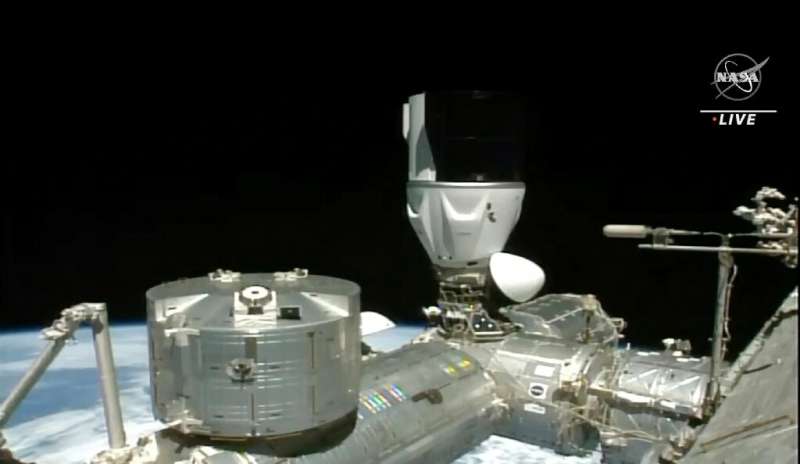
Four astronauts entered the International Space Station on Friday after their SpaceX Dragon Crew-6 mission successfully docked, a NASA livestream showed.
The SpaceX Dragon Endeavour spacecraft arrived at the orbiting station at 0640 GMT on Friday, the US space agency said in a statement.
NASA's Stephen Bowen and Warren Hoburg, Russia's Andrey Fedyaev and Sultan al-Neyadi of the United Arab Emirates entered the station about two hours later, the livestream showed.
A SpaceX Falcon 9 rocket carrying the spacecraft had blasted off to the station on Thursday after the launch was scrubbed just minutes before liftoff earlier in the week.
The crew will spend six months on the station, where they will conduct more than 200 science experiments and technology demonstrations, according to SpaceX.
The mission was the first space flight for Neyadi, Hoburg and Fedyaev.
Earth from Space: Poyang Lake, China
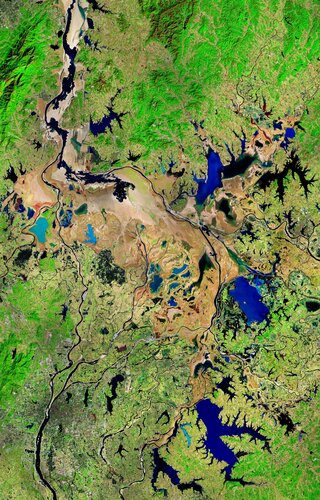 Image:
This Copernicus Sentinel-2 image shows Poyang Lake in China’s Jiangxi Province during winter.
Image:
This Copernicus Sentinel-2 image shows Poyang Lake in China’s Jiangxi Province during winter. Media briefing on the loss of the Vega-C Flight VV22 mission
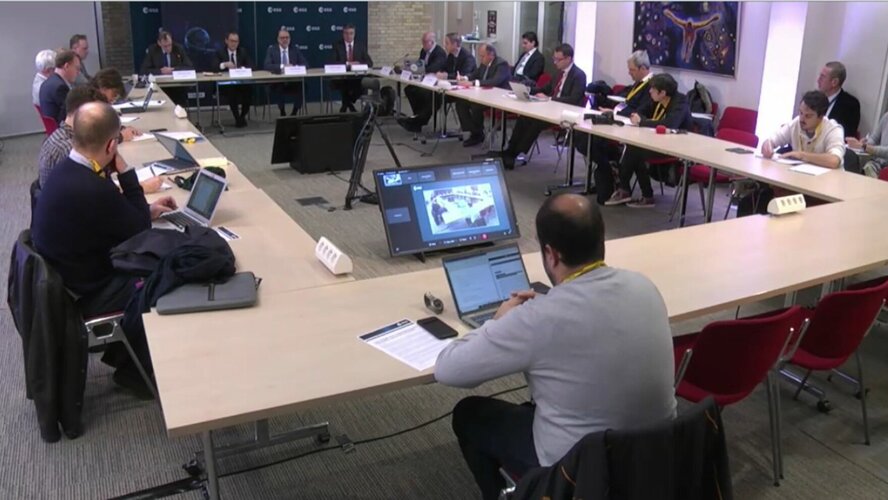 Video:
01:12:11
Video:
01:12:11
The Independent Enquiry Commission tasked with analysing the loss of the Vega-C Flight VV22 mission shares its findings.
Galactic seascape
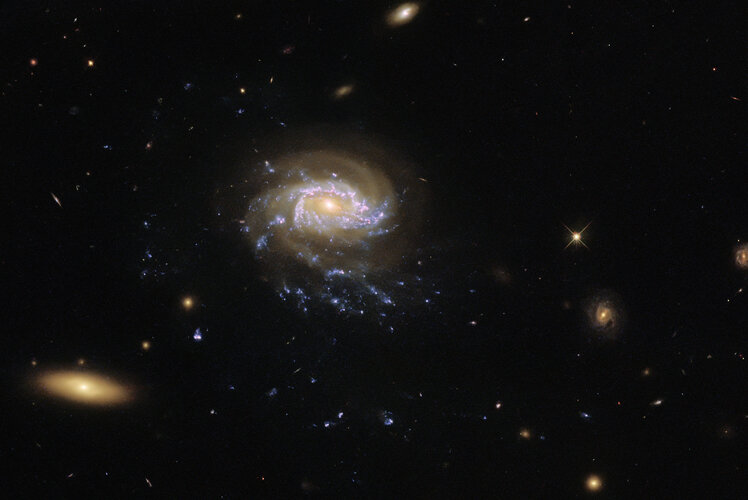 Image:
Galactic seascape
Image:
Galactic seascape Loss of flight VV22: Independent Enquiry Commission announces conclusions
Press Release N° 7–2023
On Tuesday 20 December 2022, Arianespace announced the loss of the Vega-C VV22 mission after its launch at 22h47 local time in French Guiana (2h47 CET/1h47 GMT on 21 December 2022). The mission was carrying two payloads, Pléiades Neo 5 and 6 Earth observation satellites for Airbus Defence and Space.
Juice’s Ariane 5 stands up straight
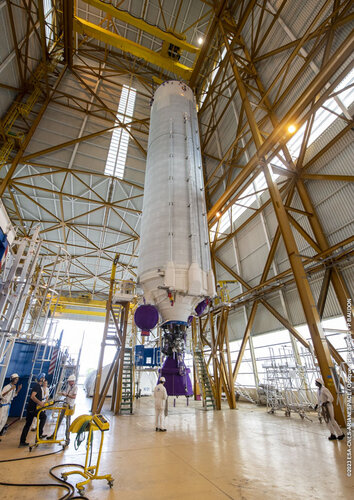 Image:
Part of a launcher inside a room that looks like a warehouse
Image:
Part of a launcher inside a room that looks like a warehouse Core of Juice’s Ariane 5 rocket prepared for launch
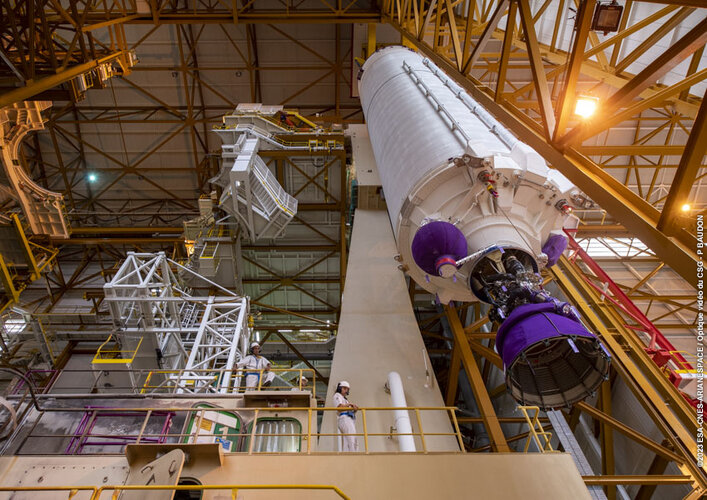 Image:
Part of an Ariane 5 launcher in a large warehouse
Image:
Part of an Ariane 5 launcher in a large warehouse Juice’s Ariane 5 booster transferred to launch vehicle integration building
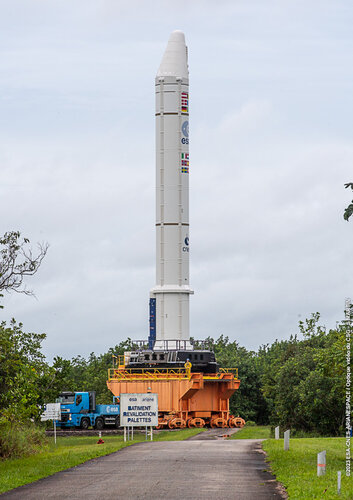 Image:
Launcher booster on top of a platform running along rails, pulled by a lorry. The image is taken outdoors, the sky is cloudy, in the foreground is a path and some trees
Image:
Launcher booster on top of a platform running along rails, pulled by a lorry. The image is taken outdoors, the sky is cloudy, in the foreground is a path and some trees China uses two-photon microscope to capture cell images of astronauts
 The in-orbit Chinese astronauts of the Shenzhou-15 crew successfully obtained the three-dimensional structural images of their skin cells with the country's self-developed two-photon microscope, its developer announced Monday.
The event, the first of its kind worldwide, marked the success of the in-orbit verification experiments of the two-photon microscope, providing a promising tool for
The in-orbit Chinese astronauts of the Shenzhou-15 crew successfully obtained the three-dimensional structural images of their skin cells with the country's self-developed two-photon microscope, its developer announced Monday.
The event, the first of its kind worldwide, marked the success of the in-orbit verification experiments of the two-photon microscope, providing a promising tool for 
